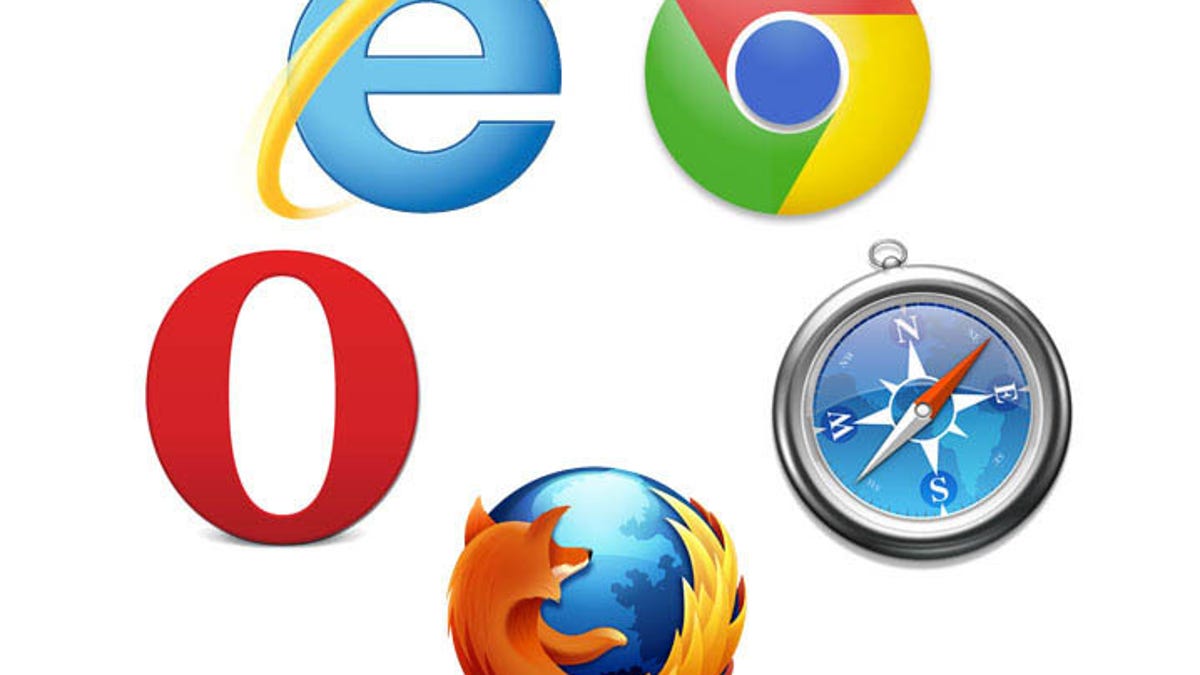Microsoft: Google's SPDY is nice for a faster Web, but...
Not wanting Google's SPDY to hog the spotlight, Microsoft offers its own HTTP Speed+Mobility technology to make the Web faster. Expect more details this week at an IETF meeting.

Apparently Microsoft isn't content leaving one potentially important speed boost for the Web to Google.
The company last night announced a plan to improve HTTP -- the Hypertext Transfer Protocol that browsers use to request Web pages and servers use to deliver them -- with a technology it calls HTTP Speed+Mobility. Google has proposed an idea called SPDY for speeding up HTTP and won an important ally at IETF, the group that oversees the standard and that's beginning work on a new HTTP 2.0.
But Microsoft wants a piece of the action, too. It thinks SPDY is OK but wants to augment it with the new WebSocket high-speed communications link between browsers and Web servers. WebSocket has begun arriving in browsers after a hiccup last year.
And Microsoft wants to extend the work so mobile apps, can take advantage of the performance improvement, too. "We think that apps -- not just browsers -- should get faster too. More and more, apps are how people access Web services, in addition to their browser," said Sandeep Singhal, program manager of Microsoft's Windows Core Networking group, and Jean Paoli, general manager of Microsoft's Interoperability Strategy, put it in a blog post about HTTP Speed+Mobility.
Speeding up the Web is a high priority for many these days. Faster Web sites lead people to spend more time -- and often more money -- on Web sites. Google has been working for years on a "speed up the Web" effort, and Microsoft has similar incentives with Bing.
Here's what Microsoft's executives had to say about working with Google's approach:
The HTTP Speed+Mobility proposal starts from both the Google SPDY protocol (a separate submission to the IETF for this discussion) and the work the industry has done around WebSockets.
SPDY has done a great job raising awareness of web performance and taking a "clean slate" approach to improving HTTP to make the Web faster. The main departures from SPDY are to address the needs of mobile devices and applications.
And in what is perhaps a jab at Google and SPDY, the pair added, "We are looking forward to a vigorous, open discussion within the IETF around the design of HTTP 2.0."
The timing of the blog post isn't coincidental. The Internet Engineering Task Force (IETF) is meeting this week to discuss many standards, but certainly one of the important sessions is Thursday's session on HTTP 2.0.
The leader of the IETF group overseeing HTTP, Mark Nottingham, had an optimistic view of SPDY two months ago when he opened up the idea of the group tackling a more ambitious overhaul. He also proposed a rapid schedule to hammer out HTTP 2.0. The proposal, however, led to a long and sometimes contentious discussion about the scope of HTTP 2.0 improvements, the technology for improving it, and the schedule to approve the upgrade.
SPDY has won several adherents, with Twitter and Firefox being two recent examples. SPDY already is built into Google online services and into Chrome.
At the IETF meeting Thursday, SPDY co-inventor Mike Belshe will present information on the technology. He helped create SPDY while at Google but has since moved to a startup, Twist.
In a comment on Google+, Belshe welcomed Microsoft and its proposal -- as long as there's more to it than just an idea:
Microsoft has a great crew of engineers, and getting their help in this problem space is awesome for the web. I'd love to work more closely with them! ...I look forward to them providing real-world performance metrics and open source implementations so that we can all evaluate them.
In their post, they imply that SPDY is not optimized for mobile, which is not true. SPDY is now over 3 years in the making with a lot of implementation knowledge and deployment expertise on both desktops and mobile. My current company, Twist, is a mobile apps company, and we're optimizing our mobile performance using SPDY... Given what other implementors have said about SPDY and mobile, I'd say it's working pretty well. But it could always be better, of course.
So if Microsoft has some new ideas that prove to work, that's fantastic. The goal is not to take one vendor's implementation, but to aggregate the best concepts together and make the best protocol we can. I look forward to engaging more with Microsoft soon.
It seems likely that Microsoft, too, will have its say, one way or another.
Updated at 6:05 a.m. PT with comment from SPDY developer Mike Belshe.

